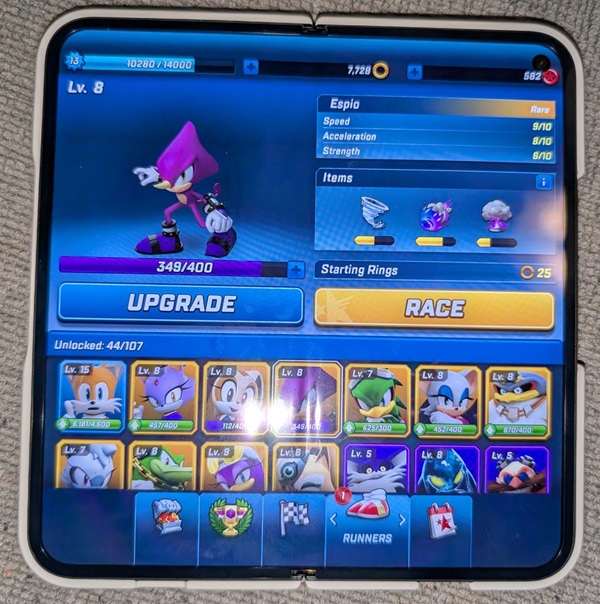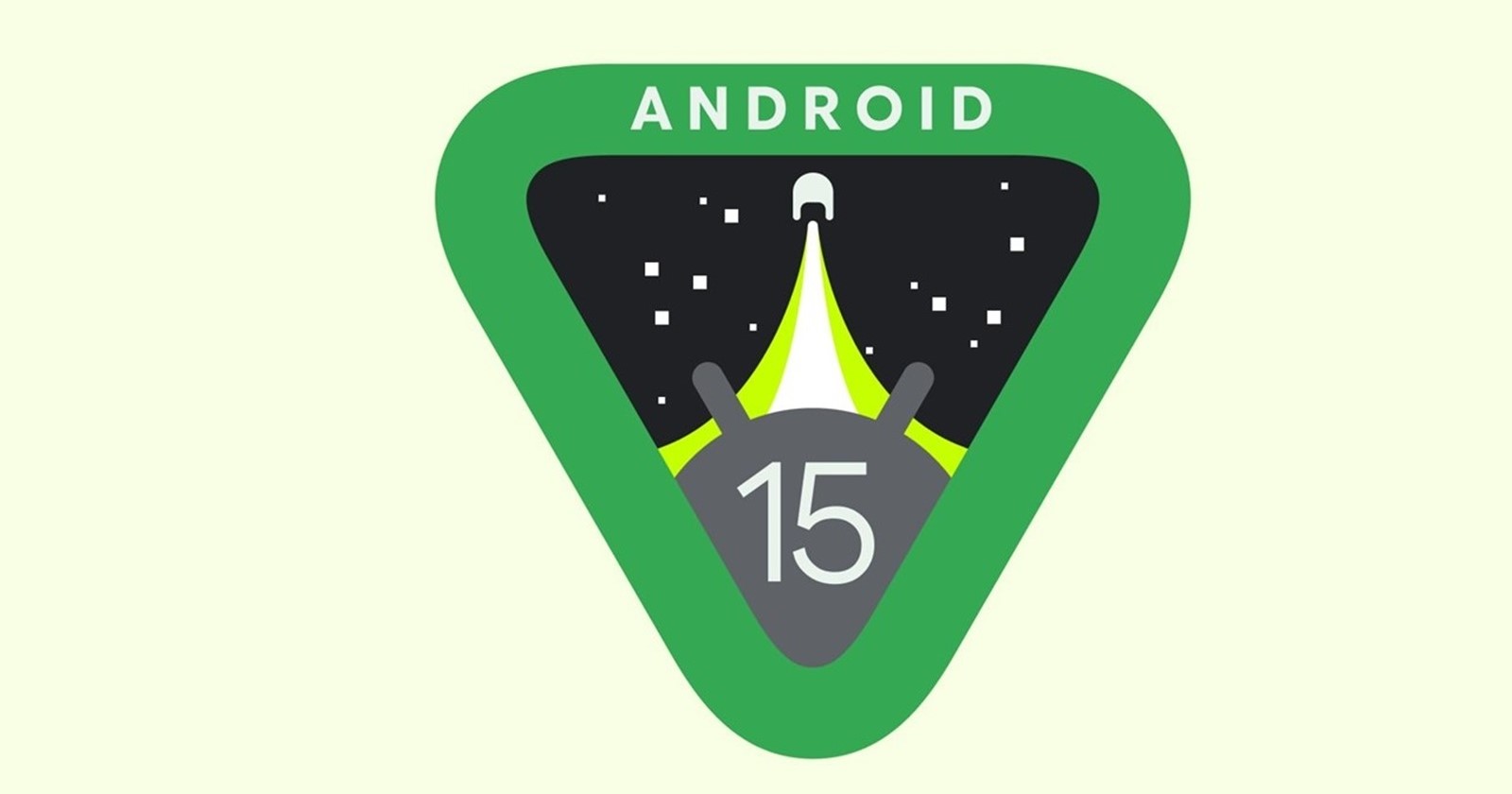Android 15 is turning heads with a new design twist: apps are now going edge-to-edge by default. If your favorite app suddenly looks like it’s bursting out of its frame, you’re not imagining things. This change, which targets apps built on API level 35, pushes content right to the very edges of the screen, making borders a thing of the past. Google’s decision comes after an internal study showed that users overwhelmingly favor this all-screen experience, finding it “more satisfying and premium.” But while some love the change, not everyone is a fan.
For those keeping up with the latest Android 15 beta, you might have noticed that apps are now taking full advantage of your screen’s real estate, making bezels look like ancient history. From top to bottom, apps now stretch across the entire display, embracing a sleek, uninterrupted look. Google’s study suggests that users love it, describing the full-screen vibe as not just modern but downright luxurious.
But, like every big change, this one isn’t without its detractors. A lively Reddit thread on r/Android_Beta features a mix of reactions, from excitement over the fresh feel to grumbles about potential usability hiccups. Some users have voiced concerns that going full-screen makes it easier to trigger unintended actions, especially with apps that have controls near the edges. For others, it’s a simple aesthetic preference — some just like their apps to have a little breathing room.

The community’s verdict on Android 15’s new edge-to-edge display style is mixed but passionate. Some love how immersive their screens feel, especially when gaming or browsing, where every pixel counts. However, there are also complaints about usability quirks. For instance, navigation gestures sometimes overlap with app controls, leading to accidental swipes and frustrating misfires. One user pointed out how reaching for buttons at the very edges of the screen now feels like trying to catch a minnow in a pond — annoyingly slippery.
Others are less bothered, suggesting that developers will eventually adapt, tweaking layouts to avoid overlapping navigation zones and minimizing unwanted interactions. And for those who can’t stand the change? There’s always hope that future updates might let users toggle this new design style on or off.
Why the edge-to-edge push?
The move towards an edge-to-edge display isn’t just about aesthetics. According to Google, this approach makes apps feel more modern and engaging. It’s all about giving users that uninterrupted, cinema-like screen experience that’s become synonymous with premium devices. Think about it—when’s the last time you watched a movie with thick black bars on the sides? This is Google’s version of full-screen mode, and it’s here to stay.
Google’s own developer resources encourage app creators to make the most of the screen’s available space, and it’s not just for looks. Going edge-to-edge can reduce the amount of unused space, offering a cleaner, more immersive experience that fits today’s sleek device designs. Plus, this design choice plays well with the rounded corners of most modern smartphones, making apps look like they naturally flow into the hardware.
For developers, the shift to edge-to-edge design might mean revisiting some app layouts to ensure controls aren’t awkwardly squished into the corners. According to the official Android documentation, developers can use insets and padding intelligently to avoid usability issues while still embracing the new full-screen aesthetic. It’s a balancing act between offering that borderless vibe and keeping the app’s interface user-friendly and accessible.
As Android 15 continues to roll out, we’re likely to see more apps adopting this edge-to-edge look. Whether you’re a fan or not, there’s no denying that this change is a bold step towards a more immersive Android experience. If you’re all about maximizing screen real estate and living that bezel-free life, you’re in for a treat. But if you prefer a bit of a buffer around your apps, this might take some getting used to.
Love it or hate it, Android 15’s edge-to-edge display is here, and it’s ushering in a new era of all-screen, all-the-time app design. So get ready to embrace (or at least tolerate) this borderless future — because those bezels aren’t coming back anytime soon.
TechIssuesToday primarily focuses on publishing 'breaking' or 'exclusive' tech news. This means, we are usually the first news website on the whole Internet to highlight the topics we cover daily. So far, our stories have been picked up by many mainstream technology publications like The Verge, Macrumors, Forbes, etc. To know more, head here.


